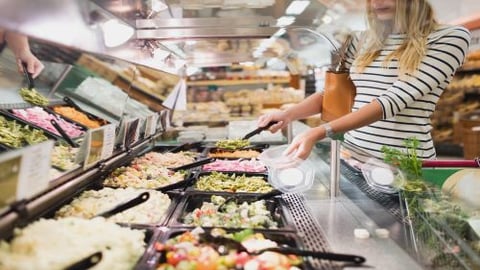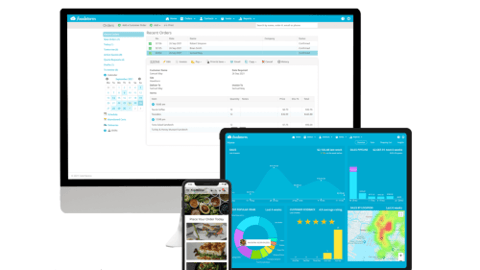What Today’s Consumers Think About Eating Out
As consumer habits keep shifting in a still-wobbly pandemic and iffy economic circumstances, grocers are keeping a keen eye on their foodservice competitors. While the food retailing business soared during the COVID-19 era, a new report indicates that the restaurant industry is trying to rebound by meeting the changing needs of customers.
It’s definitely a different dynamic than it was in the opening weeks of the decade, according to research released by sales and marking services provider Acosta. The company's new report, “The Why? Behind The Dine,” found that a majority (53%) of consumers are dining in restaurants less often.
When they do visit restaurants, people are also ordering in a different way. Acosta’s study shows that that 27% of consumers are ordering carry-out more and 23% are visiting the drive-thru more frequently.
Like the grocery sector that has been impacted by consumers’ penchant to shop across multiple channels, the foodservice industry is also affected by a market splintering that is further blurring the lines. For example, 75% of respondents told Acosta’s researchers that they have recently eaten carry-out, dined at a restaurant and/or eaten prepared food from the grocery store. Their perceptions of away-from-home dining are also expanding, with 28% reporting that they have recently ordered from a food truck, 23% saying they recently got food or drinks from a pop-up restaurant and 19% indicating that they used a ghost kitchen.
Meanwhile, protections from COVID-19 exposure are still top of mind among restaurant patrons, something that grocers with foodservice programs can bear in mind. A strong majority — 75% — of diners want safety-sealed packaging when ordering carryout or delivery items and nearly a third appreciate single-serve condiments and plastic-wrapped utensils.
John Goodman, CEO of the CORE Foodservice agency within Florida-based Acosta, says that the restaurant industry will bounce back, but will be different in more ways than one. "It is no secret that COVID-19 upended foodservice, but the industry is expected to rebound within the next three to four years," he said. "The road to recovery will be difficult however, as restaurants now face significant operational challenges caused by widespread labor shortages and rising food costs."






